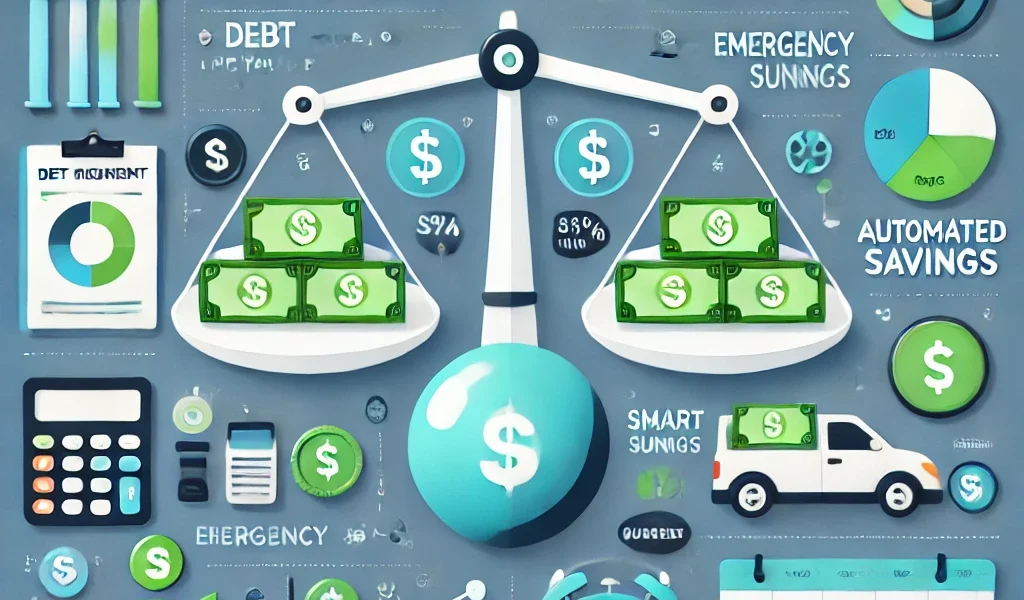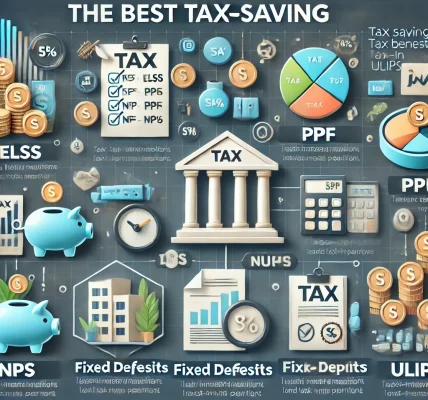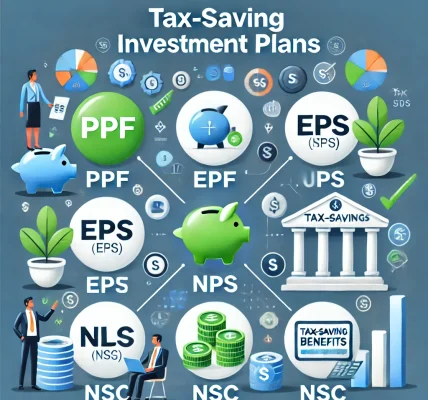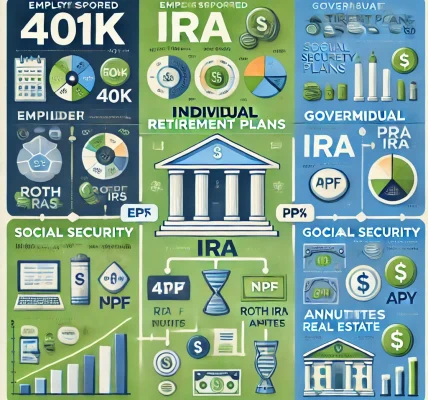Managing debt while trying to save money can be a challenging balancing act. Many people struggle with the dilemma of whether to focus on paying off loans or setting aside funds for future needs. However, with the right strategies, you can effectively work towards a debt-free life while still growing your savings. In this guide, we will explore practical methods to achieve financial stability without compromising your savings goals.
Understanding the Importance of Saving While Paying Off Debt
Before diving into strategies, it’s essential to understand why saving while paying off debt is beneficial:
- Financial Security: An emergency fund can help prevent further debt accumulation when unexpected expenses arise.
- Compound Interest: The earlier you start saving, the more you can benefit from compound interest.
- Debt Avoidance: Having savings reduces reliance on credit in case of emergencies.
- Achieving Financial Goals: Saving allows you to work toward personal goals such as homeownership, retirement, or travel while still managing your debt obligations.
Best Strategies for Saving While Paying Off Loans
1. Create a Budget and Stick to It
A well-planned budget is the foundation of financial success. Follow these steps to create an effective budget:
- List all sources of income.
- Identify necessary expenses such as rent, groceries, and loan payments.
- Allocate a portion for savings.
- Track spending to ensure you stay within your limits.
Using budgeting apps like Mint, YNAB, or Excel spreadsheets can help you monitor your financial health effectively.
2. Establish an Emergency Fund
Even while paying off loans, setting up an emergency fund is crucial. Aim to save at least three to six months’ worth of expenses to cover unexpected costs like medical emergencies or car repairs. Start small with $500 to $1,000 and gradually increase the amount over time.
3. Prioritize High-Interest Debt First
Not all debts are equal. High-interest debt, such as credit card balances, should be a priority because it grows quickly. Use either the avalanche method (paying off the highest interest rates first) or the snowball method (paying off smaller balances first for motivation).
4. Automate Savings and Loan Payments
Automating your finances ensures you don’t miss payments while consistently contributing to savings. Set up automatic transfers for both your savings account and loan payments. This helps develop disciplined financial habits without requiring extra effort.
5. Take Advantage of Employer Benefits
If your employer offers a 401(k) match or other savings programs, contribute enough to take full advantage of these benefits. This is essentially free money that can grow over time, even while paying off debt.
6. Cut Unnecessary Expenses
Reducing discretionary spending can free up money for both savings and debt repayment. Consider these steps:
- Cancel unused subscriptions.
- Cook at home instead of eating out.
- Use public transport instead of driving.
- Buy second-hand or discounted items.
7. Find Additional Income Sources
If possible, increase your income to balance both savings and debt repayment. Some ways to do this include:
- Freelancing or taking up side gigs.
- Selling unused items.
- Investing in skills that lead to higher-paying jobs.
8. Use Windfalls Wisely
Bonuses, tax refunds, or unexpected financial gains should be strategically allocated. Use a percentage for debt repayment and deposit the rest into savings or investments.
9. Consider Debt Consolidation
If you have multiple high-interest debts, consolidating them into a single lower-interest loan can help reduce overall payments and free up money for savings.
10. Be Patient and Stay Committed
Financial success takes time. Celebrate small wins and stay consistent with your plan. Keep adjusting your strategies as your financial situation evolves.
Conclusion
Saving money while paying off debt may seem daunting, but with careful planning and disciplined financial habits, it is possible. By creating a budget, prioritizing high-interest debt, cutting unnecessary expenses, and finding ways to increase income, you can successfully manage both goals. The key is to remain patient and committed to achieving a financially secure future.




